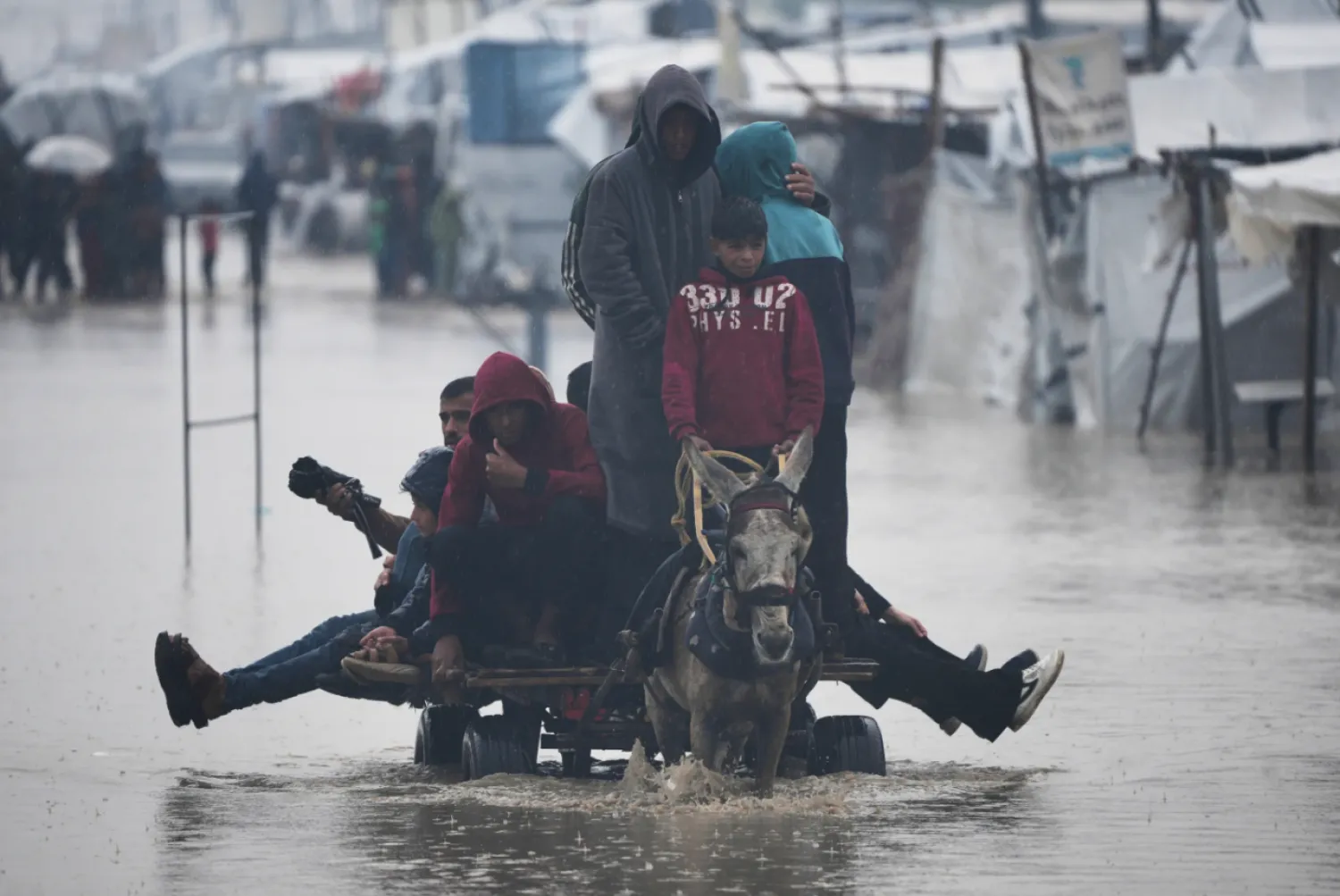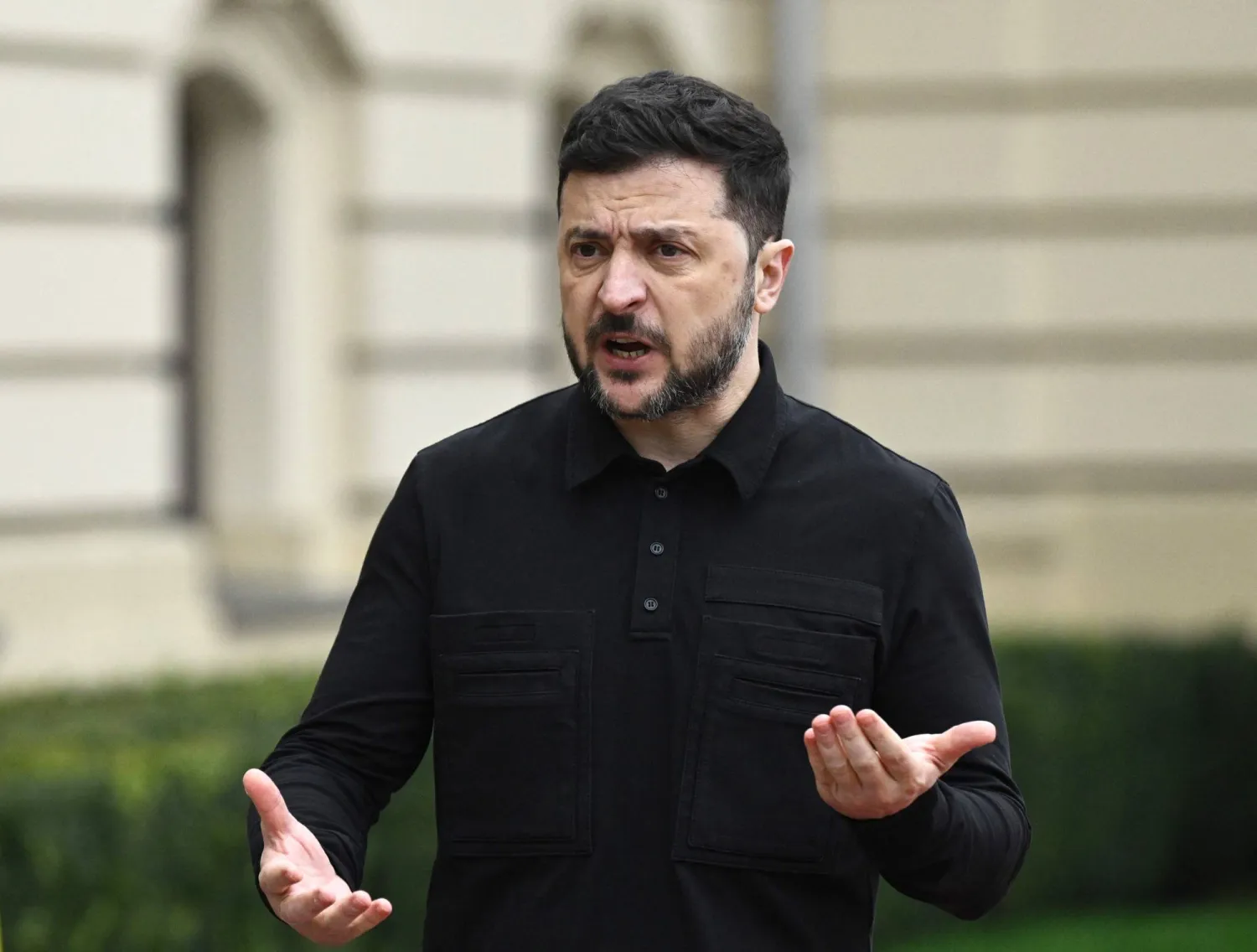The third expansion of the Grand Mosque in the holy city of Makkah was its largest in history. Throughout the centuries, the expansions would focus on raising the capacity of worshippers. The central Mataf area has maintained its size over the years given the limited space available to expand it, so focus would often turn to the surrounding structures.
In 2005, King Abdullah bin Abdulaziz ordered that a study be made over expanding the capacity at the Grand Mosque to receive more worshippers and Hajj and Umrah pilgrims.
The expansion was implemented with the addition of four floors to the al-Masaa area to accommodate 120,000 people per hour. The Mataf area was expanded to accommodate 105,000 people per hour. The northern building of the Grand Mosque was expanded to accommodate more worshippers and the number of columns throughout was reduced to make more space for people and combat crowding.
Foundation
In August 2011, King Abdullah laid the foundation for the greatest expansion in the Grand Mosque’s history. The expansion was not only the most expensive and most expansive in terms of accommodating more worshippers, but the most advanced architecturally and technically and on the health, security and sustainable levels.
The King Abdullah expansion project included expanding the main building of the Grand Mosque, the Masaa and Mataf areas and outer courtyards, increasing the number of bridges and constructing central services and security buildings. It also called for the construction of a central hospital and pedestrian tunnels, transportation stations and bridges that lead to the Grand Mosques. Infrastructure improvements related to electricity, water storage, sanitation and others, were also introduced.
The project utilized the best advanced systems available in saving energy, as well as lighting and sound systems, air conditioning, fire alarms and surveillance cameras. Five power generation stations were built, and the best ventilation systems were put in place.
The King Abdullah zamzam project was inaugurated in 2010 to raise the bottling of the holy water to 200,000 bottles per day.
At its conclusion, the third Saudi expansion of the Grand Mosque increased its area to 750,000 square meters to accommodate over 2.5 million worshippers at a cost of 300 billion riyals (80 billion dollars).
Behind the scenes
A royal decree was issued to the Ministry of Education to form a technical team of various specializations to come up with the architectural design and technical aspects of the expansion. Local and international firms and Saudi universities were invited to submit their proposals.
The best proposal was submitted by the King Saud University. Staff and students came up with the plan after 40 days of tireless work.
Dean of the College of Architecture and Planning and head of the design team Dr. Abdulaziz al-Muqrin recalled that the proposal competed against 14 presentations that were submitted by local and international firms and other faculties.
A royal decree chose the King Saud University proposal to serve as the foundation of the expansion project, which would be developed further with more experts.
Dr. al-Muqrin spoke with pride of the hard work put in by his team of 24 colleagues and students in coming up with the design between 2008 and 2009. The university was tasked with developing the design and a university team, headed by Dr. Al-Muqrin, joined experts, selected by the Ministry of Higher Education, to carry out their work.
King Salman era
The third expansion continued after Custodian of the Two Holy Mosques King Salman bin Abdulaziz’s ascension to the throne in January 2015. He vowed that the Kingdom will remain committed to its responsibilities in serving the two holy mosques, following in the footsteps of the kings and rulers who preceded him.
On May 30, 2015, he inspected the expansion and ordered that all means be dedicated to ensure it is complete. On July 11, 2015, he inaugurated a number of main projects within the expansion, including the expansion of the main building, courtyards project, pedestrian tunnels and main services hub.
King Salman also launched the Pilgrim Experience Program, one of the main programs of the Kingdom’s Vision 2030, that aims to introduce a qualitative shift in services to pilgrims so that they can perform the holy rituals smoothly and with ease. The program focuses on easing their arrival to the two holy mosques, offering them quality services and enriching their religious and cultural experience.
On June 1, 2018, King Salman issued a royal decree to form the Royal Commission for Makkah City and Holy Sites, which is now chaired by Prince Mohammed bin Salman, Crown Prince and Prime Minister. The Commission aims to elevate the services provided to the pilgrims to achieve prosperity and sustainable development goals that align with Makkah’s holy standing.
COVID-19 pandemic
History will attest to King Salman and Crown Prince Mohammed’s bold decision to the government to combat the spread of the coronavirus pandemic.
They decided to suspend the Umrah and close the Mataf and Rawda areas at the Grand Mosque. The mosque itself was closed to visitors and only open to worshippers during hours of prayer to prevent the spread of the disease.









